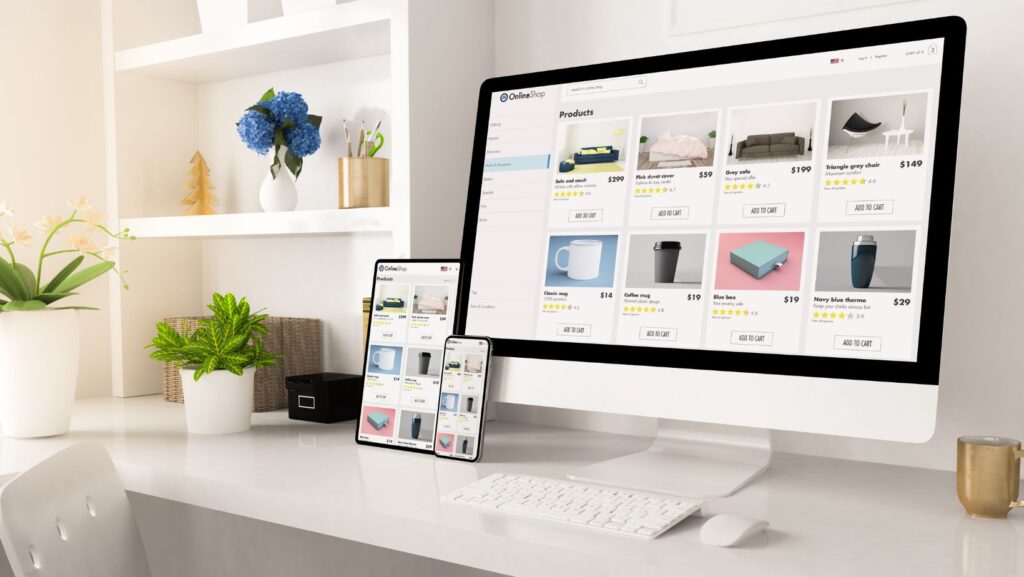
Product User
In the world of product development, there’s one factor that stands out above all others: the product user. A product can be well-designed, highly functional, and feature-rich, but if it doesn’t meet the needs and expectations of its users, it won’t succeed. Understanding the role of the product user is crucial for businesses aiming to create products that resonate and deliver value. In this article, we’ll explore the importance of product users, how to define them, and why their feedback is essential for continuous improvement.
A product user is anyone who interacts with a product—whether it’s a customer purchasing an item, a person using a service, or an individual interacting with an app or website. Users can be categorized into different groups based on their usage patterns, needs, and level of interaction with the product. Whether they are end-users, power users, or occasional users, each segment plays a vital role in defining how a product performs in the real world.

The Importance of Understanding Product Users
User-Centered Design
The foundation of any successful product lies in user-centered design (UCD), which focuses on designing products with the product user in mind. By understanding the behaviors, goals, and pain points of the target audience, businesses can develop products that are more intuitive, effective, and engaging. A product designed with the user in mind is more likely to meet expectations and deliver satisfaction.
Customer Satisfaction and Retention
Products that align with user needs tend to see higher levels of customer satisfaction. When users find a product that solves their problem or enhances their experience, they’re more likely to become loyal customers. This loyalty can translate into repeat business, positive reviews, and valuable word-of-mouth marketing.
Product Differentiation
In competitive markets, understanding product users can provide the edge necessary for differentiation. By tailoring products to specific user preferences, businesses can create unique value propositions that make their offerings stand out. This level of insight into user behavior can give a product a competitive advantage.
While the terms product user and customer are often used interchangeably, there is a subtle difference. A customer is someone who purchases the product, while a product user may or may not have bought it themselves. For example, a parent may buy a toy for their child, making them the customer, while the child is the product user.
In some cases, the product user and customer may be the same, especially in consumer products. However, understanding this distinction is important for businesses when creating marketing strategies, developing user-friendly products, and identifying which group’s feedback is most critical for product success.

The Role of Product Users in Innovation
Product users don’t just shape the development of existing products—they also drive innovation. Through their feedback, behaviors, and requests, users can inspire new features, products, or services that meet emerging needs. Businesses that stay attuned to their product users can identify trends early, adapt to changing preferences, and stay ahead of the competition.
Crowdsourced Ideas
Many businesses rely on feedback from their users to generate new ideas for features or products. Through online communities, beta programs, or direct feedback, users can contribute valuable insights that influence product roadmaps. Crowdsourcing ideas from the user base fosters a sense of ownership and engagement, making users feel invested in the product’s success.
Solving Real-World Problems
Product users are often the first to encounter real-world challenges that the product might not have been designed to address. By listening to users and understanding these pain points, companies can innovate by creating solutions that make the product even more valuable.
The success of any product hinges on how well it serves its users. By understanding who the product user is, what they need, and how they interact with the product, businesses can create better products, build stronger relationships, and drive long-term success. Whether through research, feedback, or continuous iteration, the product user should always be at the heart of product development and strategy. By putting the user first, companies can ensure that their products not only meet customer expectations but exceed them.
